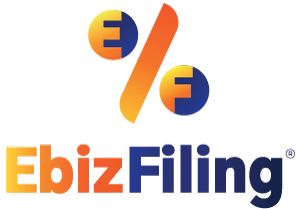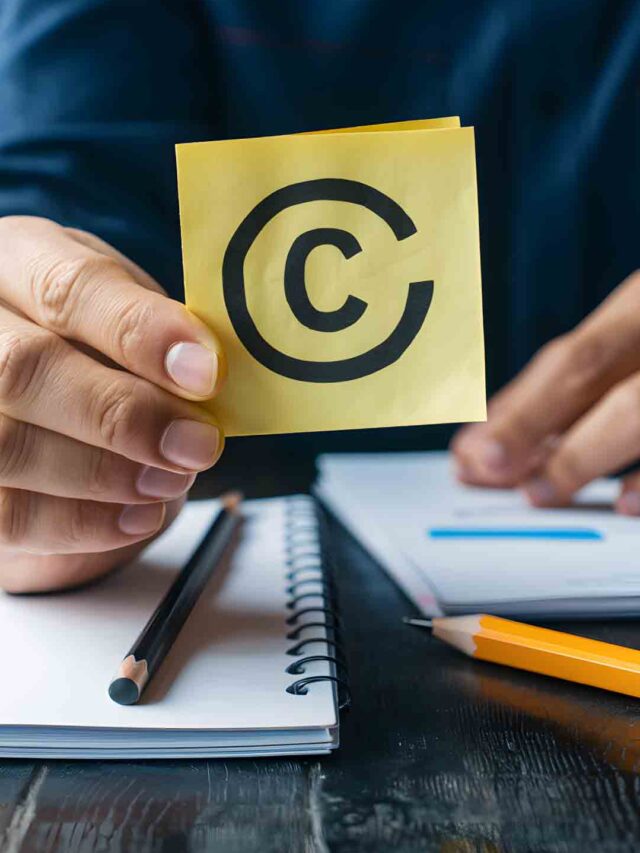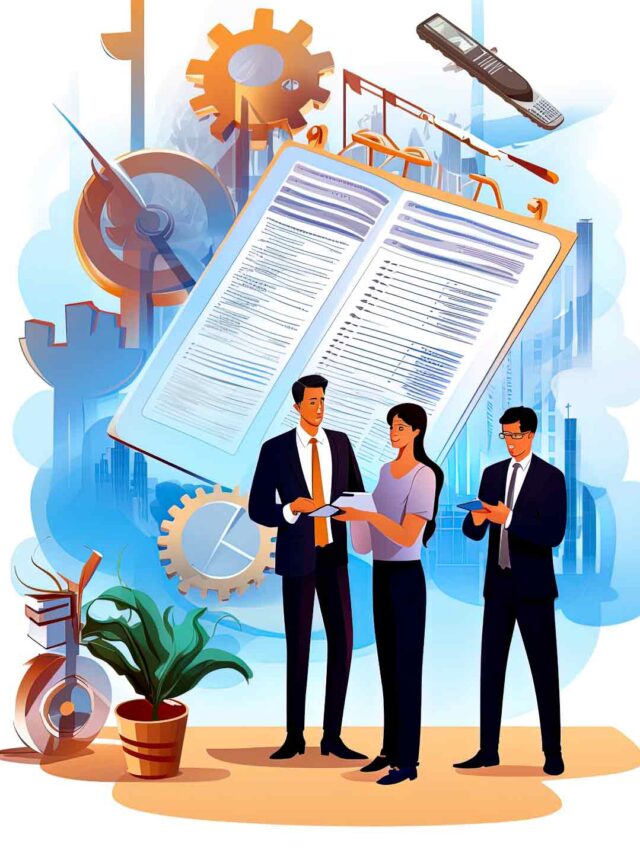
-
April 6, 2022
E Invoicing under GST- a Self-help set-up for registering and obtaining digitally signed Electronic Invoices under GST
Earlier in the year 2021, the CBIC in issued a notification and made E-invoicing mandatory for taxpayers who have turnover of more than 50 crores on business to business (B2B) transactions. The same came into force on 1st of April, 2021. Now in the year 2022, the Government has extended the E-Invoicing System to the taxpayers whose annual aggregate turnover is more than Rs.20 crore and up to Rs.50 crore. In this article we have discussed everything about E-Invoicing under GST including “What is E-Invoicing?”, “Who is liable to issue E Invoice under GST?”, “Benefits of GST E-Invoicing” etc.
What is E-Invoicing under GST?
- E Invoicing under GST is system that applies to specific categories of taxpayers. It is a system where a person can register and obtain digitally signed Electronic Invoices under GST all by himself.
- E Invoice is a set up where in invoices for Business to Business (B2B) Transactions are authenticated electronically by GST Network for extended use on the common GST portal.
- For every invoice issued by the Invoice Registration Portal (IRP), an identification number will be issued under the Electronic Invoicing System that shall be managed by the GSTN.
Who is liable to issue E Invoice under GST?
- Every registered taxpayer under GST who has aggregate annual turnover of more than Rs. 20 Crore in any of the financial year since 2017-18 needs to issue an E-Invoice.
- It is important to note here that, such aggregate turnover shall be inclusive of the turnover of all the GSTINs under a single PAN in India.
- All the information on invoice is transferred from E-Invoice1.gst.gov.in portal to the GST portal and E-Way bill portal both together in real-time.
- Hence, it does not require to fill in manual data entry at the time of GSTR-1 Return Filing and at the time of generating part-A of the E-Way Bills, as the information is seeded in directly by the Invoice Registration Portal (IRP) to GST portal.
Related Read- How to generate E-Way Bills under GST?
Taxpayers that are not required to generate E Invoicing under GST
E-Invoicing under GST is not applied to the following categories of taxpayers, irrespective of the turnover:
- An insurance or a banking company or a Financial institution, including an NBFC
- A Goods Transport Agency (GTA)
- A registered taxpayer supplying passenger transportation services
- A registered taxpayer supplying services by way of admission to the exhibition of cinematographic films in multiplex services
Benefits of E Invoicing under GST
The taxpayers and businesses will have the following advantages by using E Invoicing under GST
- GST E-invoice unifies the data reconciliation under GST that reduces the mismatch errors.
- It helps in reducing data entry errors as the E-invoices created on one software can be read by another that results in interoperability.
- Invoices prepared by the supplier can be tracked in real-time by e-invoice.
- For filing GSTR 1 and for generating the Part A of the E-Way Bills, all the relevant details of the invoices shall be auto-populated, that makes the GST Return Filing Process easier
- E-Invoicing enables faster availability of genuine ITC (Input Tax Credit).
- The information required by the tax authorities are made available at a transaction level and hence there would be a lesser possibility of audits/surveys.
Documents required for E-Invoicing
Following are the documents that are to be reported into the IRP for the E-Invoicing Purpose :
- Invoices by the supplier
- Credit notes by the supplier
- Debit notes by the recipient
- Any other document as notified under the Goods & Service Tax Act that needs to be reported as an E-Invoice by the creator of the document
Procedure to get an E-Invoice under GST
The below given are the steps to generate or raise an E-Invoice under GST:
- Generate a regular invoice on the software: Fill in all the required details like billing name & address, GST Number of the supplier, transaction value, item rate, GST rate applicable, tax amount, etc.
- Raise the invoice on the respective ERP software or billing software: After raising the invoice, the taxpayer needs to upload the details of the invoice, importantly the fields that are marked as mandatory fields, onto the Invoice Registration Portal using the JSON file or via an application service provider (through an app or through GSP) or through direct API.
- Generation of Invoice Reference Number: In the next step the IRP i.e. Invoice Registration Portal will validate the key details of the Business to Business invoice also they will check for the duplication, if any and generate an IRN (hash) for reference.
- Creation of a QR code in Output JSON: Once the IRN has been generated, the IRP shall digitally sign the invoice and for the supplier, the IRP shall create a QR Code in Output JSON and if the supplier has mentioned his email ID in the invoice, then On the other hand, the seller will get an intimation of the E-Invoice generation through email.
- Details to be sent to the GST Portal and E-Way Bill Portal: The Invoice Registration Portal shall send the authentication and forward the details to the GST Portal for filing GST Return through which the details in Form GSTR 1 of the seller will be auto filled and the IRP will send the details also to the E-Way Bill Portal.
With all the explanations and information given above on E-Invoicing under GST, the registered taxpayer can continue to print his invoice as being done presently with a logo. The E-Invoicing system under GST only mandates all the registered taxpayers to report their invoices on Invoice Registration Portal in an electronic format.
GSTR 1 Return Filing
File your GSTR 1 Return with Ebizifling at affordable prices with Ebizfiling. File before the due date lapses.
About Ebizfiling -










Reviews
Aditi Doshi
29 Mar 2018They manage Accounting and Book-keeping for my company. I must say the team is really doing a good job.
Gaurav Sirohi
04 Apr 2022am very much satisfied with the services of Ebizfiling. They have completed registration of my private limited company in less than a week..they are very fast and very professional specially Vaishali ...I will recommend Ebizfiling to all who wants fast and reliable services
Jobin Mathew
19 Nov 2021I reached ebizfiling for DSC renewal , Ms anitha KV assisted in renewal it was done on timely and hassle free.
April 5, 2025 By Team Ebizfiling
Compliance Calendar for the month of March 2025 As the month of March is approaching, stay ahead of deadlines with the Compliance Calendar for March 2025! From GST returns to PF/ESI payments and income tax filings, this month is packed […]
January 7, 2025 By Team Ebizfiling
Complete Guide to Apply Online Application for Cancellation of GST Registration Goods and Services Tax (GST) is a comprehensive tax system implemented in India to regulate the taxation of goods and services. It replaced multiple indirect taxes, offering a simplified […]
January 24, 2025 By Team Ebizfiling
Compliance Calendar For The Month of January 2025 As we enter 2025, businesses and individuals must stay on top of their compliance obligations. A compliance calendar helps track important deadlines for GST filings, Income Tax returns, and other statutory requirements, […]